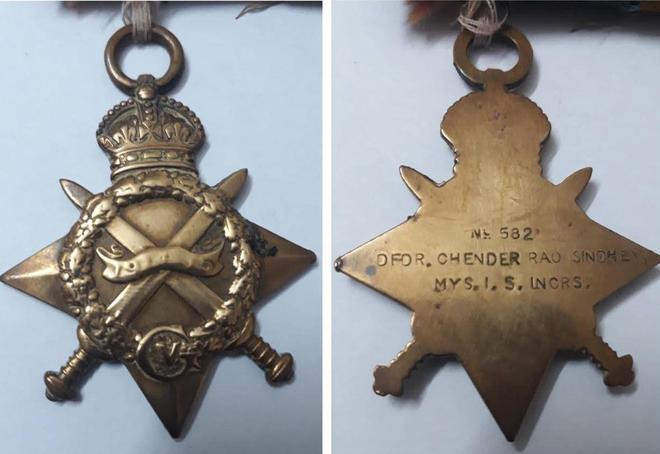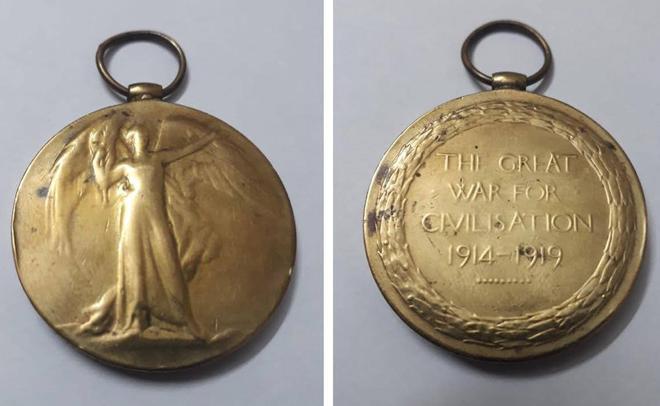Every year, on September 23, Haifa Day is commemorated by the Indian Army to remember the two Indian cavalry brigades who fought under British General Edmund Allenby to liberate the Israeli city Haifa from the Turkish–German forces in 1918, during World War I.
The Mysore Lancers, which were a personal force of the then Maharaja of Mysore, Nalwadi Krishnaraja Wadiyar, and headed by his brother-in-law Colonel Desraj Urs, also played a key role in rescuing Abdul Baha, the spiritual leader of the Bahai community.
In this spirit, The Mysore Lancers’ Heritage Foundation has organised a two-day celebration of the 104th Haifa Day in the city on Friday.

Ahead of these celebrations, The Hindu spoke to the descendants of those who fought in the Haifa battle. From a newly married soldier’s wish to come back to his young wife, to the struggle for food and water in the desert, some interesting stories were uncovered in the conversations.
Parashuram Singh was a sepoy in the Mysore Lancers and was deployed to the Haifa War just three months after his wedding. When he was injured, he was mistaken to be dead and was pushed into a pile of dead bodies, said Anupama Singh, his brother’s daughter-in-law.
Continuing the story, she said: “He had a picture of goddess Chamundeshwari in his pocket. As he was scared, he took it in his hand and prayed to her to send him back home safely as his wife was waiting for him. Soon after, someone noticed that his hands were moving and pulled him aside and got him medical help. He safely came back home after that.”
Ms. Singh also said that the battalion had the ritual of visiting Gundu Muneshwara temple in R.T. Nagar before marching off to war.

In Pandu Ranga Rao’s family, four people were in the Mysore Lancers. His grandfather Chander Rao Sindhe (Jamedar), his two younger brothers Krishan Rao Sindhe and Govind Rao Sindhe and his son-in-law Mahadev Rao Bhonsle (Dafedar) left home in 1914 for World War I and came back only in 1919–20.
“In 1917, Govind Rao got injured and a few bullets went into his legs and chest. He had to come back from there. Apart from this, I have also heard a few other stories from my grandmother. While traveling during the war, their ships used to get attacked by whales. To divert these whales, they used to keep stock of fodder bags in the ships. I have also heard that it was very tough to fight in the desert. Sometimes, as there was no water available, the warriors urinated in bottles and drunk it,” Mr. Rao narrated.
Pampa Urs, a fourth-generation descendant, has also heard several stories about her maternal ancestors taking part in the war. “My mother’s grandfather Colonel Chame Urs was leading a group in the war. His son-in-law Captain Lingaraj Urs died in the same war. After receiving all this information from my mother, due to my personal interests, I am further exploring evidence from that age and getting confirmations of these tales”.
While a wreath-laying ceremony will take place on Friday morning at the Mysore Lancers’ Memorial in J.C. Nagar, in the evening, a memorial lecture, and an exhibition of rare paintings and exploits of the Lancers will be organised at BMSCE auditorium in Basavangudi.
“The Baha’i community salutes the Indian Cavalry, who had fought valiantly to save Abdul Baha and the city of Haifa from the Ottoman empire,” said Dinesh Rao, secretary, State Baha’i Council of Karnataka.







